10 features in affordable modern cars that elevate the cabin experience
Cars nowadays come with a plethora of small features that collectively make a big impact on the overall feel of the cabin
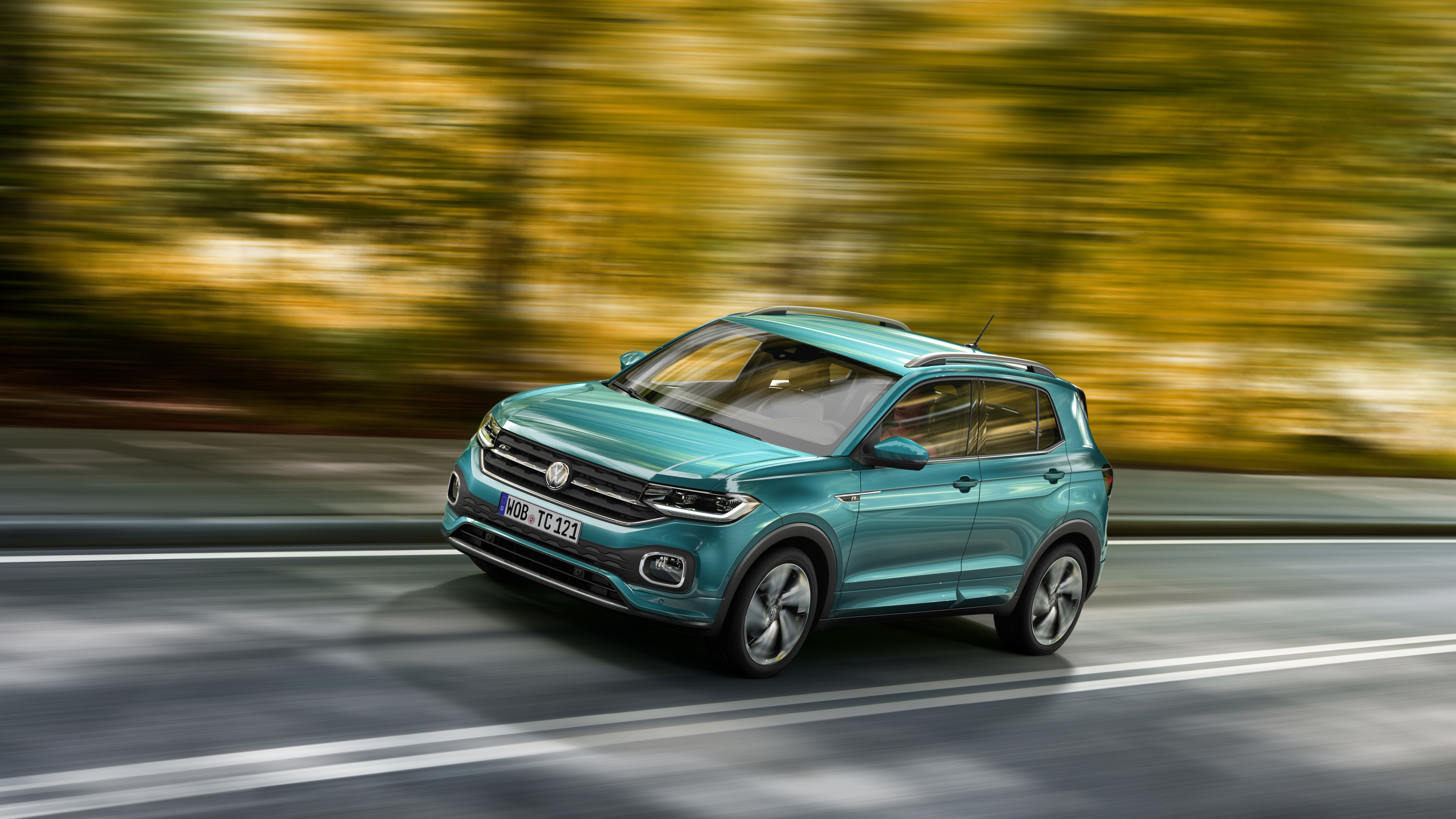 New and affordable cars do not compromise on features anymore
New and affordable cars do not compromise on features anymore15 years ago, key USPs for most affordable car buyers were fuel efficiency, after sales service and reliability. Many other aspects like performance, comfort and features were secondary. Over the years, buyer preferences have evolved and so has technology. And that brings us to affordable modern-day cars that are incredibly well-equipped on all fronts. Not only are they better in terms of engineering and sheer performance but also make for a pleasurable experience for passengers thanks to the extensive list of convenience, connectivity and safety features on offer. We list down 10 features that are in vogue, especially in India.
Panoramic sunroof
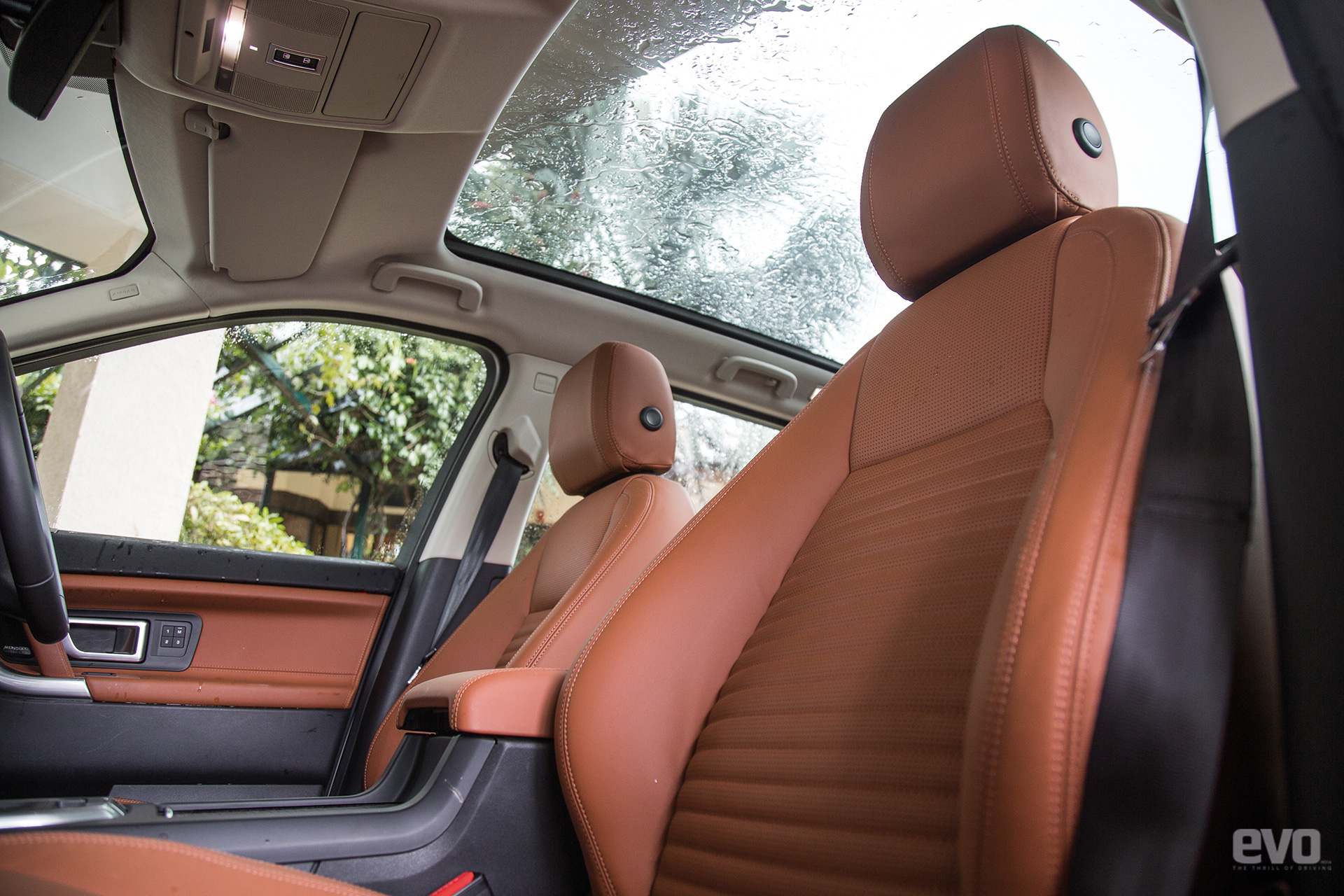 Panoramic sunroof makes the cabin feel roomy
Panoramic sunroof makes the cabin feel roomy"Open the sunroof" is now a cliche voice command across the industry. Once a premium feature offered in high-end luxury cars, the panoramic sunroof has made its way down the food chain, and is raging across mid-size SUVs in India. And it’s quite a cool piece of kit. It makes the cabin feel roomy thanks to additional light entering the cabin and provides exceptional views of skies, skyscrapers and mountains from the rear seats. Apart from luxury sedans and SUVs, panoramic sunroof is offered on mid-size SUVs in India like the Hyundai Creta, Tata Harrier and MG Hector.
Blind spot monitoring
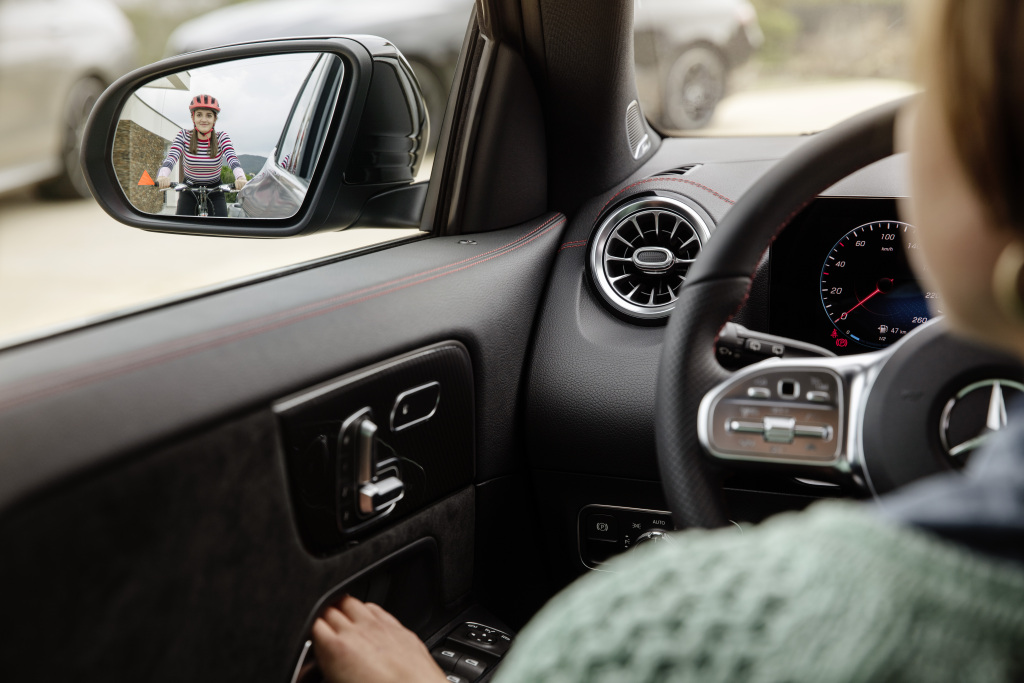 Mercedes-Benz blind spot alert system
Mercedes-Benz blind spot alert systemIt is one of the most important safety features in a country filled with rogue motorists. Blind spot systems use cameras and sensors to detect vehicles approaching from the side that are not visible in the IRVM or ORVMs. Warnings for the driver can be visual, voice-based or tactile depending on the car. Most cars use optical blind spot detectors on side mirrors. The Kia Seltos is one of the most affordable cars in India to get this feature.
Connected car technology
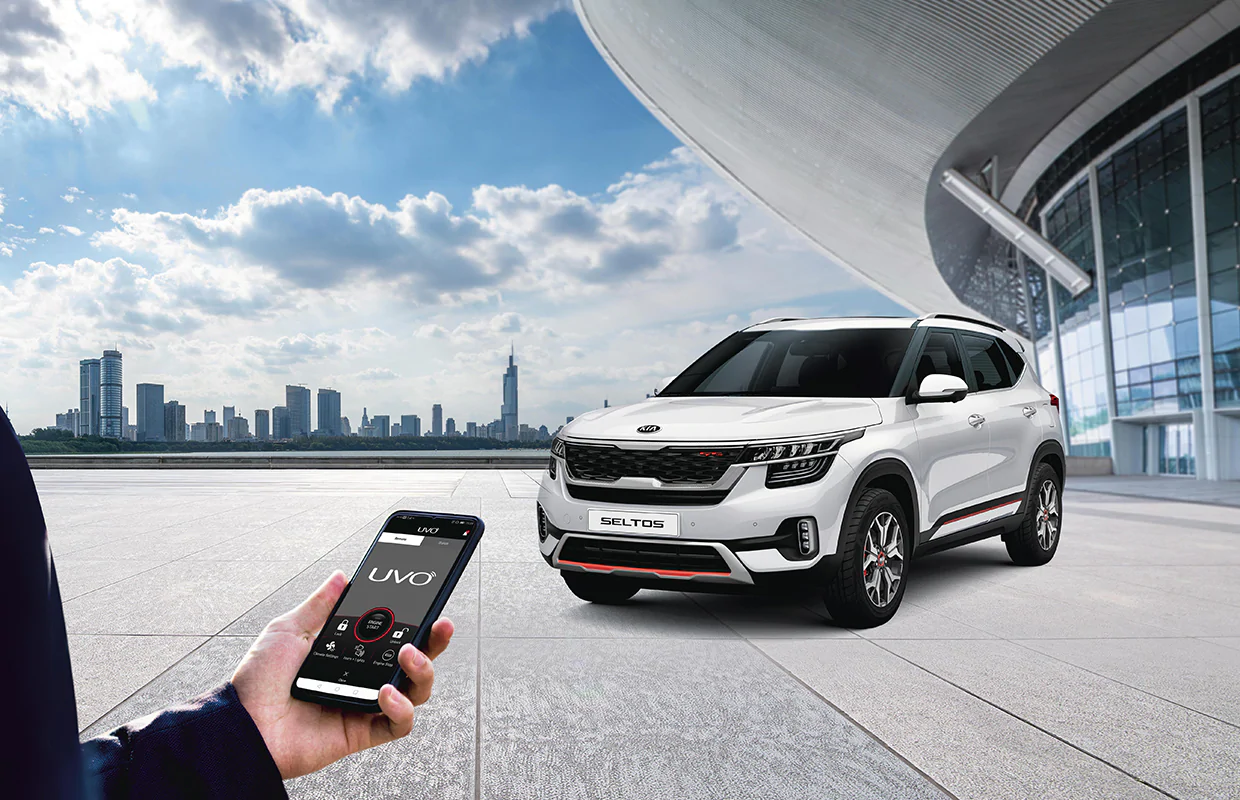 Sit home and control the features of your car via connected car technology
Sit home and control the features of your car via connected car technologyConnected cars let you bidirectionally communicate with devices outside the vehicle using embedded e-SIM cards. Thanks to these e-SIM cards, cars can have their own internet connection allowing them to connect with external devices or services. You can now start your car sitting in your bedroom, set your preferred cabin temperature, lock/unlock and turn the ignition on/off and even schedule periodic servicing among other things. Hyundai’s Bluelink and Kia’s UVO connect are two such examples of connected car technology.
Wireless charger
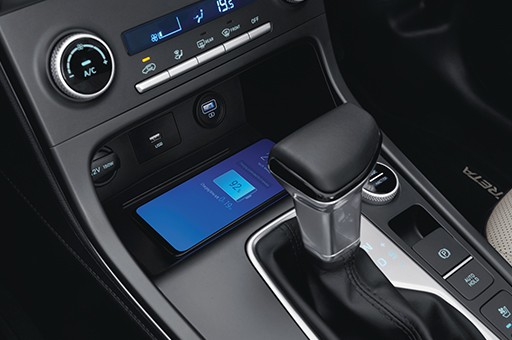 Another increasingly common feature
Another increasingly common featureA wireless charging deck is available even in small hatchbacks nowadays (read: Grand i10 NIOS). It is one of the most quintessential smartphone features out there whose functioning is same as a regular portable wireless charger, except for its fixed position that is usually in the centre console. Carrying charging cables suddenly seems so old-school.
360-degree camera
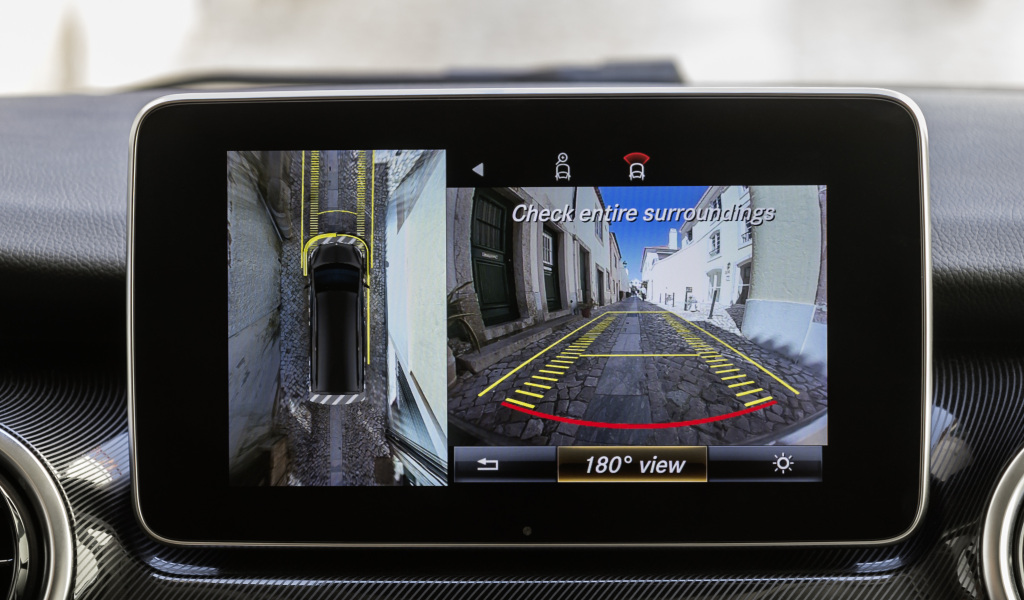 Mercedes-Benz 360-degree camera feed on the central touchscreen
Mercedes-Benz 360-degree camera feed on the central touchscreenFret not, you no longer need to be a millionaire to own a car with a 360-degree camera. Not only do many modern-day cars offer this feature, but getting an aftermarket unit for your relatively old car too has become easier than ever. This system uses front, rear and side cameras to generate a bird's eye view of the car on the central touchscreen or the MID. Parking in tight spots and snaking through narrow lanes was never so easy.
Electric boot release
 Electric boot release on the Volkswagen Tiguan Allspace
Electric boot release on the Volkswagen Tiguan AllspaceEarlier seen on high-end German and British cars, this feature is getting more accessible with every passing year. It’s a boon especially when your hands are full. Some carmakers use proximity-based sensors where standing near the boot with the key in your pocket opens the tailgate. Others use another system where waving your foot under the rear bumper activates boot release.
Ventilated seats
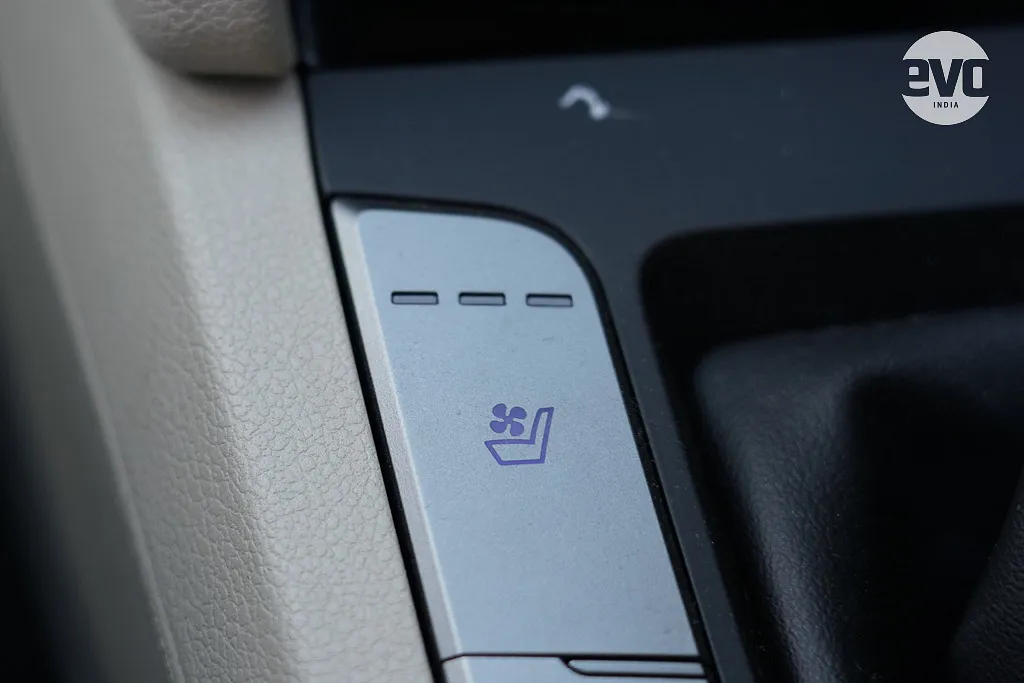 Three-step ventilation for the front seats on the 2019 Hyundai Elantra
Three-step ventilation for the front seats on the 2019 Hyundai ElantraCooled seats play a vital role in scorching Indian summers providing almost instant relief as opposed to conventional air-con systems which can take up to a couple of minutes to cool the cabin. Air chambers under the seats blow air over backrests and seat squabs which then reaches occupants via perforated holes. Most carmakers allow up to three levels of seat ventilation and it's hard to find comfort using normal seats once you are used to premium ventilated seats.
Mild-hybrid technology
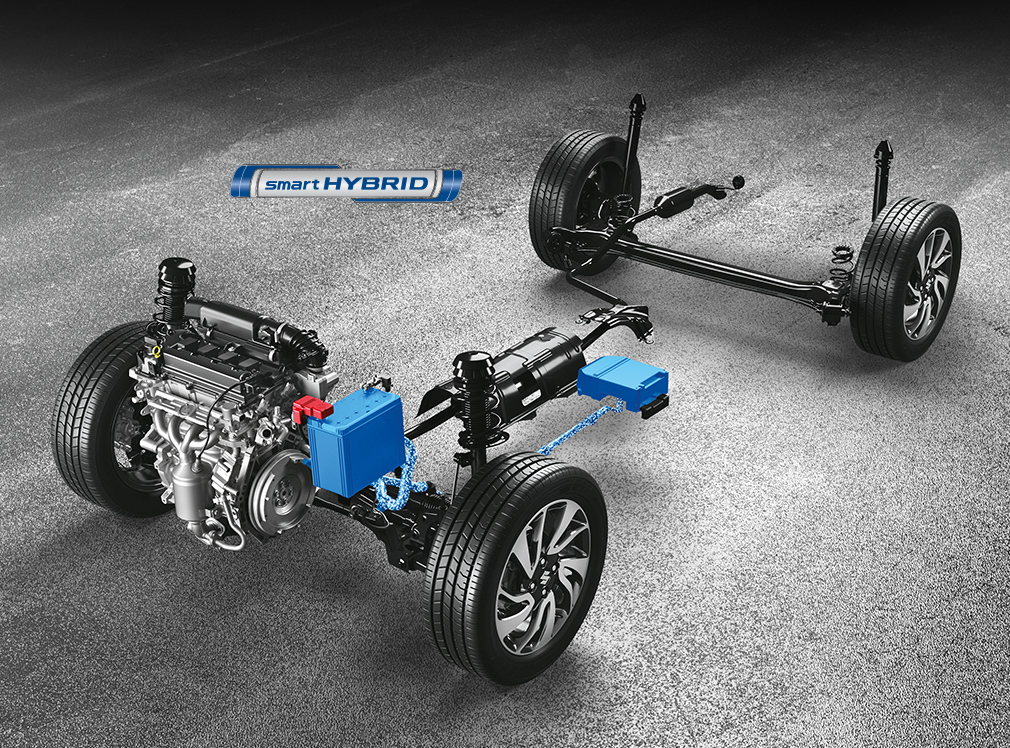 Maruti Suzuki's Smart Hybrid system
Maruti Suzuki's Smart Hybrid systemMild-hybrid technology is arguably one of the most cost-effective ways of improving emissions on mass market cars. In addition to an internal combustion engine, mild hybrid cars use an electric motor to reduce emissions. The energy generated by braking is stored in a battery and then used to switch the engine on and off. It also provides torque assist and some mild hybrid cars can even coast on electric power on highways.
Android Auto and Apple CarPlay
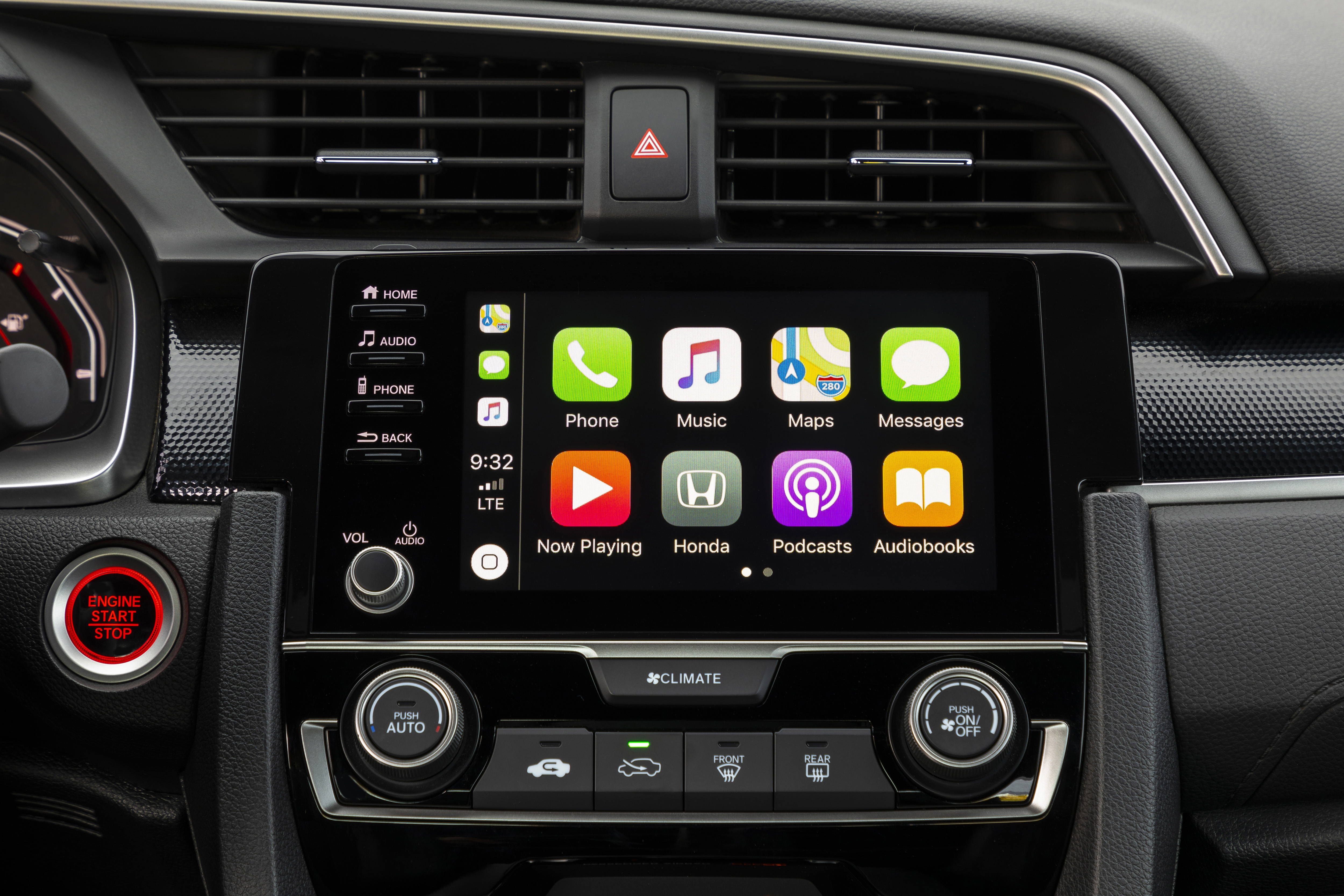 The cannot-do-without feature for modern cars
The cannot-do-without feature for modern carsWe’re entering a new decade and any car without Android Auto and Apple CarPlay can be a let-down to many buyers. In an era where livelihoods are practically dependant on smartphones, these two features allow us to stay connected while we’re on the go. Just plug your device to the car and the infotainment touchscreen mirrors your smartphone screen, enabling you to toggle between music, maps and calls amongst other functions in your smartphone.
Safety Systems
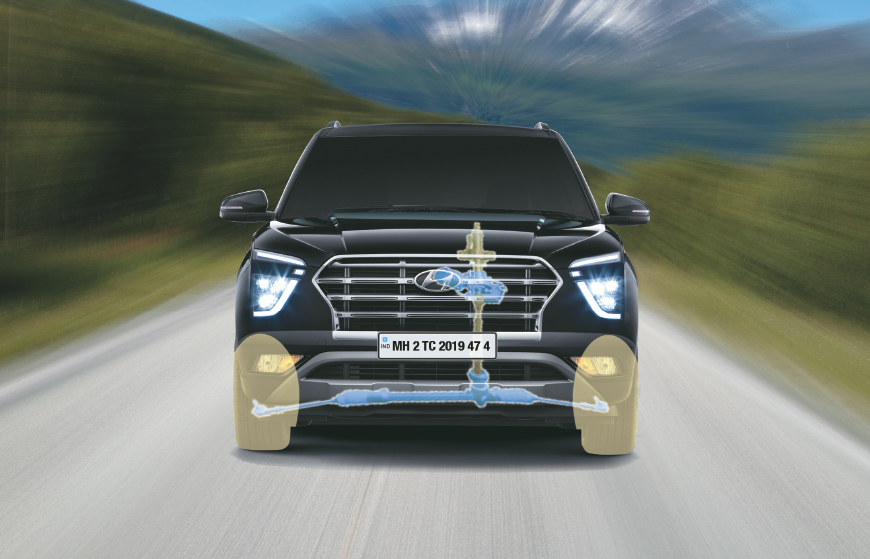 Vehicle Stability Management in the all-new Hyundai Creta
Vehicle Stability Management in the all-new Hyundai CretaCars are becoming safer every year. With every new model, manufacturers announce lighter yet stronger body shells on their cars. While airbags, ABS and EBD and speed alert systems are mandatory on all cars, features like traction control, electronic stability programme and seat-belt pretensioners are becoming increasingly common. Aforementioned features like 360-camera and blind-spot monitoring too improve the safety parameter of a car. However, some mass market and fleet cars in India still need a lot of structural improvement to adhere to international crash test norms.


